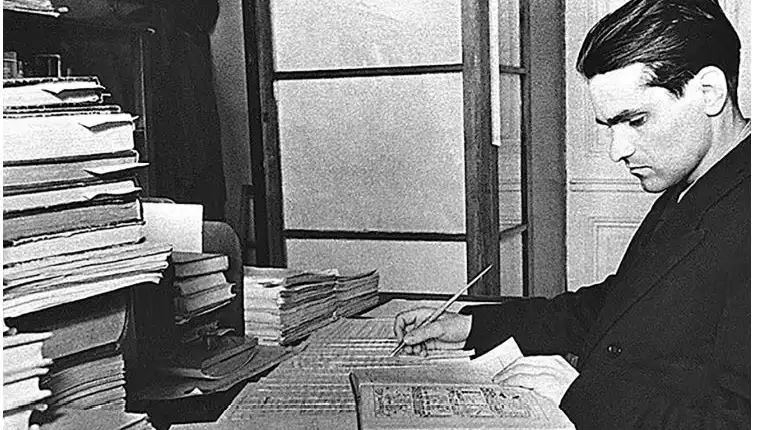Yuri Knorozov: Between Cyrillic and Mayan glyphs
A Russian linguist, epigrapher, and ethnographer named Yuri Valentinovich Knorozov played a critical contribution in deciphering the Maya script, the writing system employed by the pre-Columbian Maya civilization in Mesoamerica.





